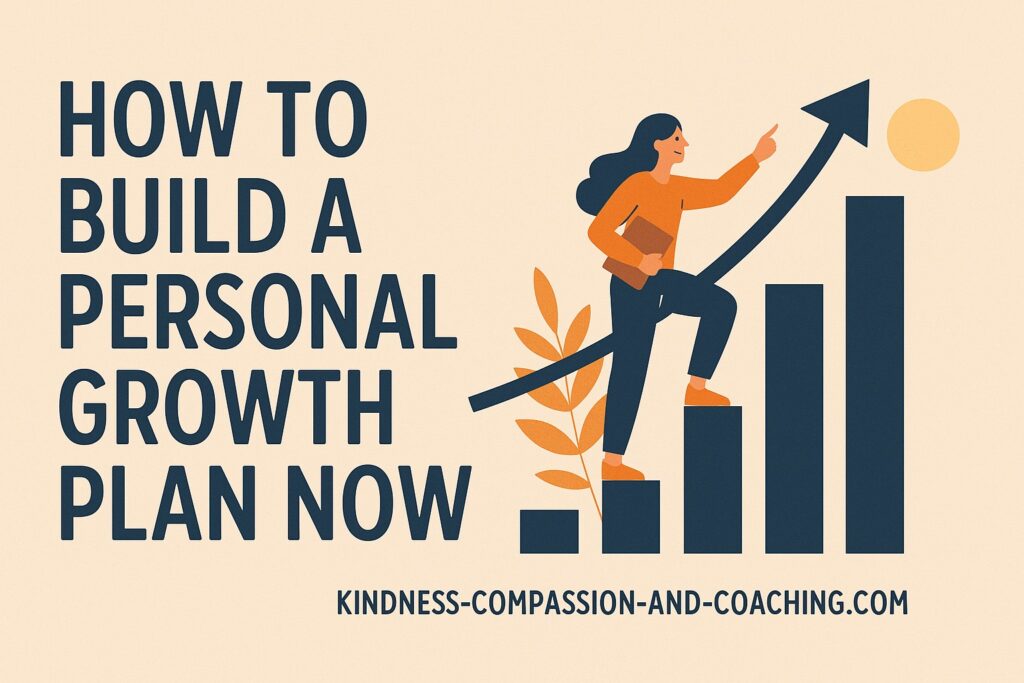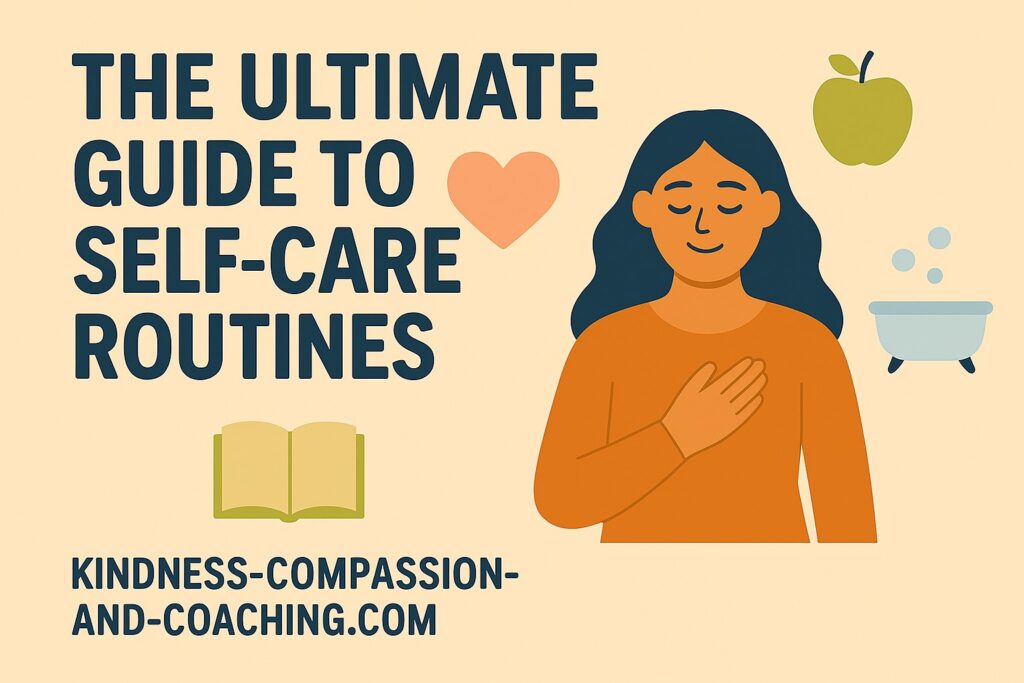In the 2015 NFC Championship Game, the Seattle Seahawks faced a critical fourth down near the end of the game. Instead of kicking a field goal to tie, they passed the ball into the end zone. The result? An interception by the New England Patriots. At the time, this bold and unfortunate decision sparked heated debates about calculated risks and risk versus reward, drawing parallels between sports and life.
Just as in football, we often face high-stakes choices that demand us to gamble – sometimes with our dreams on the line. When we talk about “Going for it on fourth down” as an attitude in life, we mean choosing to try to make more progress despite the odds.
Today, we explore how taking calculated risks can lead to rewarding outcomes and how to know when to go for it.

The Psychology of Calculated Risks
Understanding Risk Tolerance
Risk tolerance varies from person to person. It shapes our decisions and actions. Some thrive on making big bets. Others prefer to play it safe. Factors like personality type, past experiences, and cultural background influence our comfort with risk. Research indicates that understanding our own risk tolerance can empower us to make better decisions.
The Fear of Failure
Fear of failure holds many people back from taking risks. Anxiety about possible negative outcomes can be overwhelming. Confronting this fear is essential for progress. Strategies like reframing failure as a learning opportunity can help break down mental barriers. Instead of seeing risks as threats, view them as chances to grow.
Cognitive Biases
Cognitive biases impact how we perceive risk, too. Confirmation bias leads us to seek information that supports our existing beliefs, while loss aversion makes us prioritize avoiding losses over acquiring gains. Being aware of these biases can help counteract their effects on our decision-making.

Calculated Risks and Strategic Decision-Making
Data-Driven Decisions
Making informed choices often involves gathering data and analyzing probabilities. For instance, businesses use market research to identify trends before launching new products. In finance, investors evaluate risks based on historical performance. Obtaining the right information can significantly enhance our likelihood of success when we take calculated risks.
Weighing Potential Gains and Losses
Evaluating potential rewards and drawbacks is critical. A helpful framework is the risk-benefit analysis, which helps assess whether the possible gains justify the potential losses. Ask yourself: What will I gain if I succeed? What will I lose if I fail? This clarity can guide your decision-making process.
Defining Success and Failure
Everyone has their own definition of success. What might be a grand achievement for one could be a mere steppingstone for another. Recognizing this subjectivity is vital. Accept that failure is not the end; it is often just part of the journey toward success.
Real-World Examples of Fourth-Down Successes
Case Study 1: Bold Business Moves
Consider Netflix’s shift from DVD rentals to streaming. Initially, this was a risky move, but it ultimately propelled the company to massive success. In 2020, Netflix reported revenues exceeding $25 billion, significantly boosted by its streaming platform. Going for it paid off big time.

Case Study 2: Personal Life Decisions
Pivoting careers often involves considerable risk. A friend of mine left a stable job to pursue a passion for graphic design. Despite initial struggles, she built a successful freelance business, earning more than her previous salary within two years. Her leap of faith showed how calculated risks can lead to fulfilling careers.
Case Study 3: Sports Examples
In sports, successful fourth-down plays often prove decisive. Think back to the Baltimore Ravens’ 2018 playoff game against the Los Angeles Chargers when they opted not to kick a field goal on fourth down. More fortunate than the 2015 Seahawks, the Ravens drove down the field to a touchdown that helped them advance. It’s hard to say what allowed them to make a better decision. Data, emotion, analysis? But such moments highlight how a decision to go for it can change absolutely everything.
The Pitfalls of Going for It
When Not to Take the Risk
While risk-taking can lead to rewards, it’s essential to know when to hold back. Situations involving severe consequences – like health or legal issues – warrant a cautious approach. A thorough analysis can help identify when a conservative strategy is more suitable.
The Cost of Failure
Not all risks pay off. The consequences of a failed decision can be significant. Loss of finances, damage to reputation, and emotional distress can all result from taking the plunge without proper preparation. Developing strategies for risk mitigation, like setting limits on investments or planning exit strategies, can help safeguard against potential fallout.
Learning from Mistakes
Failure is a powerful teacher. Analyzing what went wrong opens the door to valuable insights. By reviewing unsuccessful attempts, you can adapt your strategy for future decisions. Each setback can provide lessons that lead to better outcomes down the road.

Actionable Steps to Embrace Calculated Risks
Developing a Risk Assessment Framework for Calculated Risks
- Identify the Decision: Clearly define the choice you’re facing.
- Gather Data: Collect relevant information and analyze the situation.
- Evaluate Pros and Cons: List potential benefits and losses.
- Set Your Limits: Define how much you’re willing to risk.
- Make Your Decision: Choose based on informed analysis.
- Reflect: Review the outcomes and learn from the experience.
Building Resilience
Resilience is key when pursuing risks. Cultivating a positive mindset helps cope with setbacks. Practices like mindfulness and maintaining a strong support system can enhance your ability to bounce back after facing challenges.
Seeking Mentorship and Advice Related to Calculated Risks
Don’t underestimate the power of learning from others. Seeking mentorship can provide insights from those who have faced similar situations. Their experiences can guide your decision-making and boost your confidence when tackling high-stakes choices.
What Life is Like When You Take Calculated Risks
Taking calculated risks by “going for it on fourth down” in life can lead you to remarkable rewards. Understanding your risk tolerance, gathering information, and learning from past experiences can guide you through the decision-making process. The venture might be daunting, but the potential benefits are often worth the leap.
Consider overcoming fear and embracing calculated risks as part of a comprehensive personal development plan to expand your options on the path towards growth, achievement, and ultimately, success.
Next time you’re faced with a high-stakes decision, seriously evaluate the potential benefit of “going for it” – you may just change the entire game.
Thank you as always for reading.
If you haven’t yet subscribed, please enter your email address so you never miss a post.
Affiliate Disclosure: Some links in this post are affiliate links. As an Amazon Associate, we earn from qualifying purchases. Thank you for supporting Kindness-Compassion-and-Coaching.com at no extra cost to you.

Joan Senio is the founder of Kindness-Compassion-and-Coaching.com. Joan’s career includes clinical healthcare plus 20+ years as an executive in a nationwide health care system and 15 years as a consultant. The common threads throughout Joan’s personal and professional life are a commitment to non-profit organizations, mental health, compassionate coaching, professional development and servant leadership. She is a certified Neuroscience Coach, member of the International Organization of Life Coaches, serves as a thought-leader for KuelLife.com and is also a regular contributor to PsychReg and Sixty and Me. You can read more about Joan here: Joan Senio.
















2 Responses
This is helpful in all walks of life. As a retiree I would like to see more posts that aren’t focused on the work environment.
Carol, thank you so much for your feedback! We will be sure to reconsider topics and also to emphasize how our content can be valuable to both personal and professional life going forward! Your support means a lot to us – thank you again.